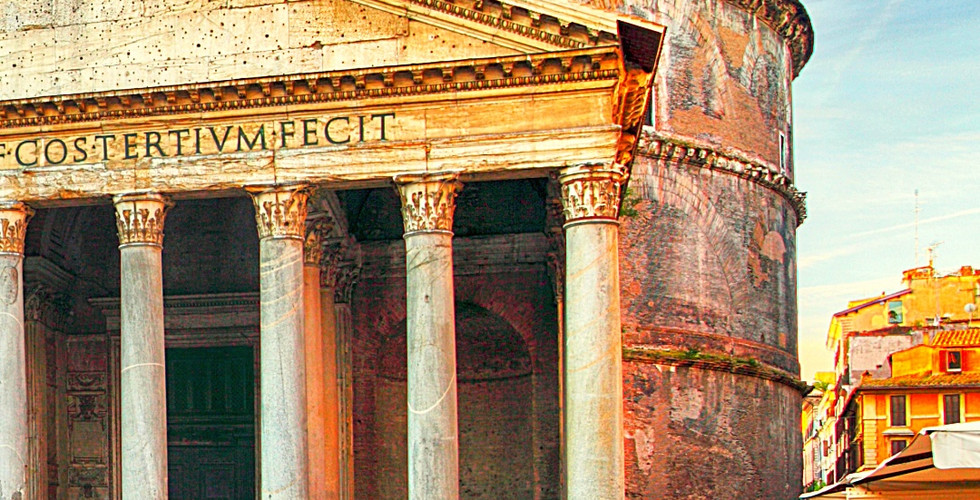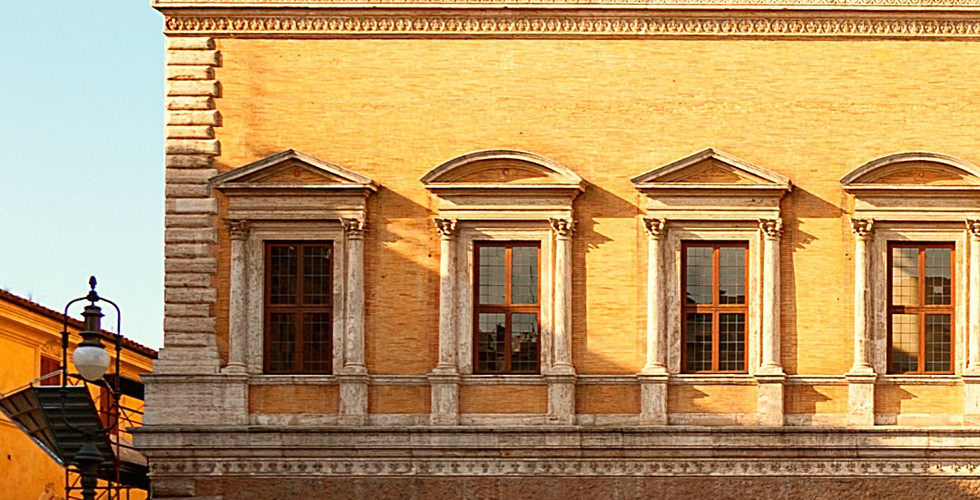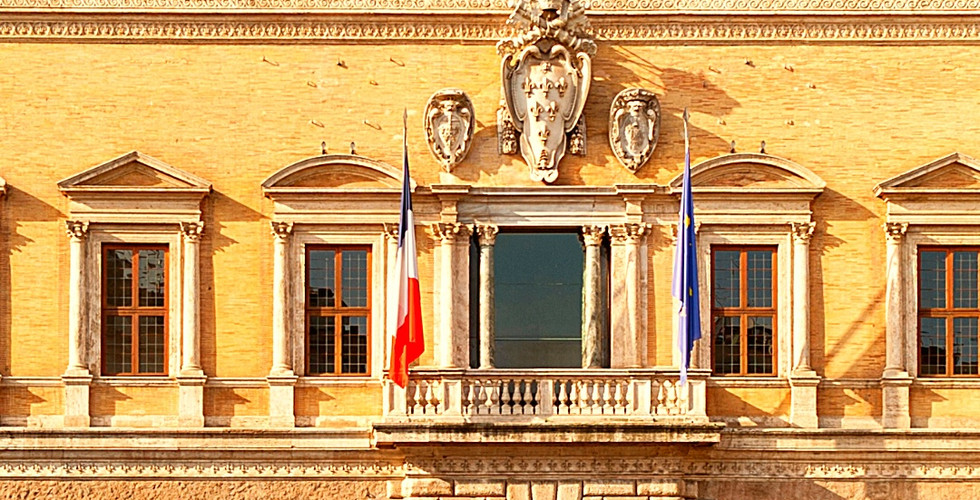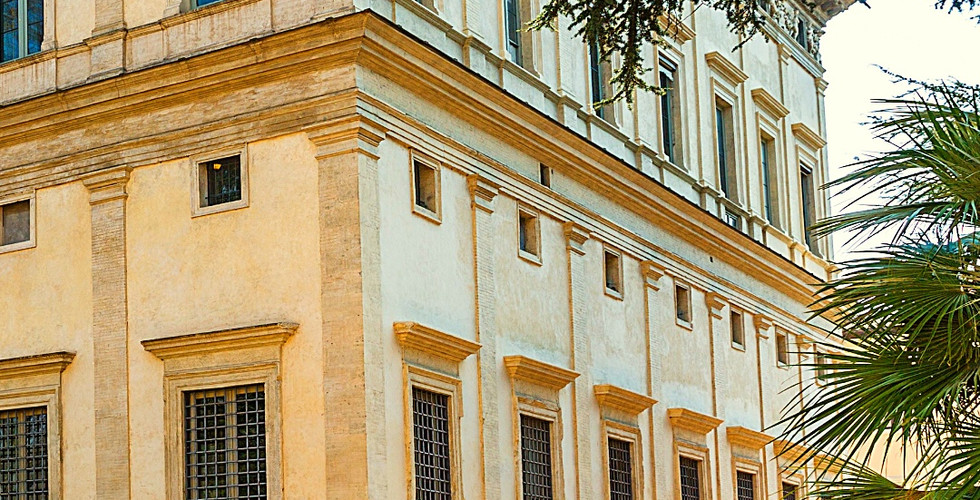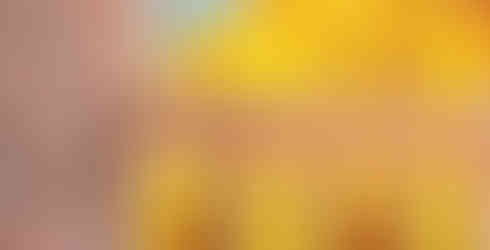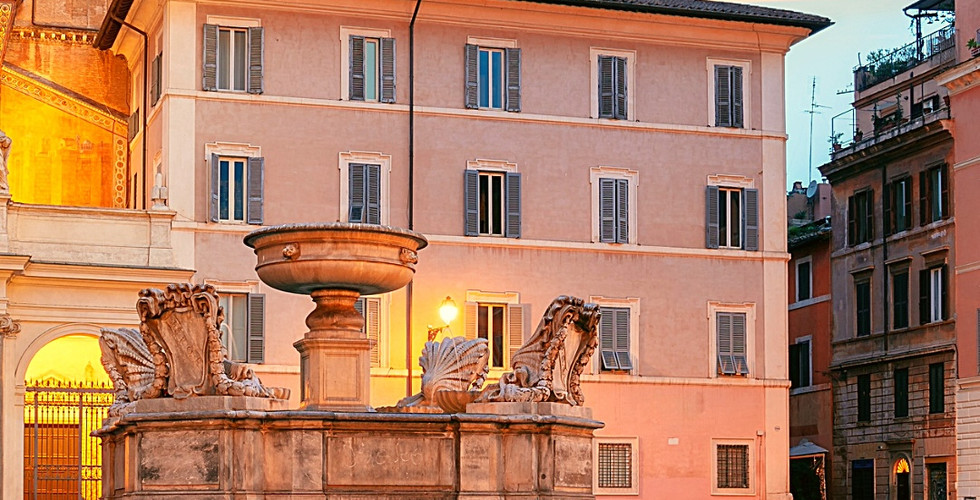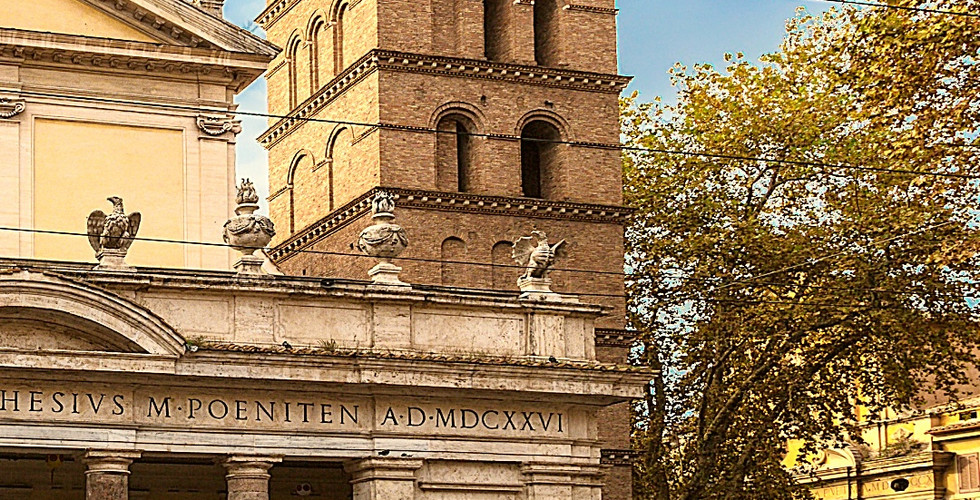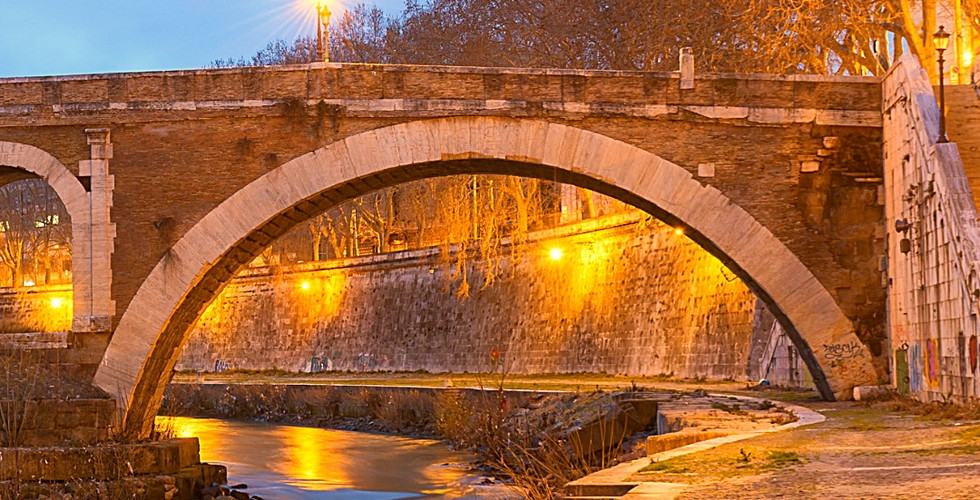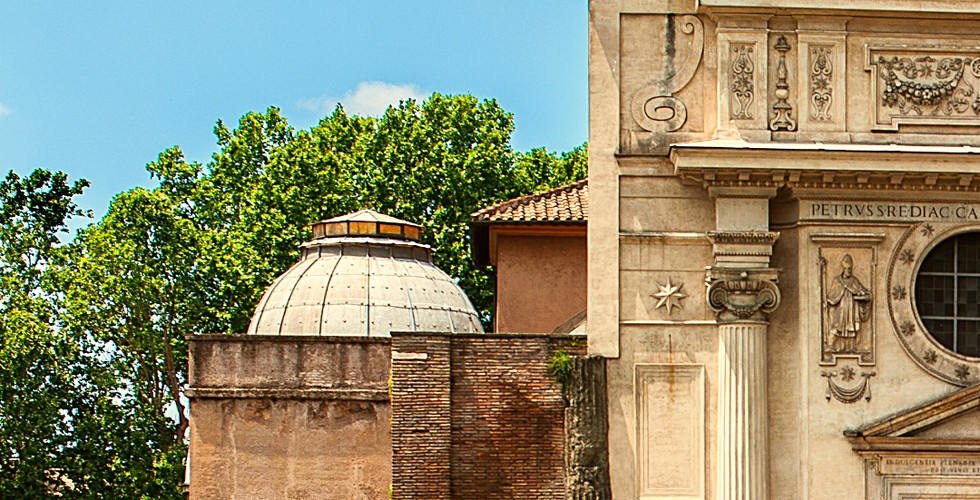Self Guided Walking Tour Rome; Lesser Visited Architecture Sites Picked by an Architect.
- Jack Thompson
- Feb 23
- 9 min read
A Self Guided walking Tour of lesser visited sites to get you off the typical tourist trail.

Rome, how do you pick just a few key buildings to put in a blog post, well I am trying it, and perhaps it will turn into multiple because lets be honest you could write for a lifetime on Rome and still only scratch the surface.
Ok lets do this blueprint explorers and we are going to start at one building that you could say 'has no roof' A bit cryptic because it is a complete building ... you got it?
Ok here it is:
Distance: 6km
Time: 1.5 hours without stopping
Difficulty: Average
A Self Guided Walking Tour of the Wonderful Rome
Location No.1 The Pantheon
Location: Piazza della Rotonda
Architect: Originally commissioned by Marcus Agrippa, rebuilt by Emperor Hadrian
Year: 126 AD
Style: Ancient Roman Classical
Why are we here: Okay, architecture fans, prepare to have your minds blown, this is a personal favourite! The Pantheon isn't just a pretty face - it's an engineering marvel that would make modern architects sweat. First, check out that perfect dome; the Romans used a brilliant technique of gradually decreasing the concrete's density as it rises, mixing in lighter materials like pumice as they built upwards!
Look closely at the coffers (the recessed squares in the dome); they're not just decorative! They reduce the dome's weight while maintaining structural integrity. And the oculus, It's actually a compression ring that helps distribute the dome's weight.
Pro tip: Visit during a light rain and watch the stunning interplay between light, water, and architecture - there's a clever drainage system built right into the floor!
When you're inside, notice how the interior height equals the diameter (142 feet), this means you could fit a perfect sphere in here. The Romans were obsessed with perfect proportions, and this is their masterpiece! 🏛️ Not lesser visted but its a great starting point for this tour so lets take a walk to the next spot.
Location No.2. Sant'Ivo alla Sapienza
Location: Corso del Rinascimento
Architect: Francesco Borromini
Year: 1642-1660
Style: Baroque

Why are we here: Francesco Borromini was a master of Baroque architecture, and this church is one of his very best. See how the facade curves in and out? This plays with the rhythm of light and shadow throughout the day.
Look up at that wild spiral lantern (locals call it the 'DNA staircase'. The alternating concave and convex segments create this dizzying upward movement that'll make you question gravity itself.
Inside tip: Check out the hexagonal floor plan, Borromini based it on the Star of David and Solomon's seal, creating this incredible geometric harmony!
Location No.3. Piazza Navona
Architects: Girolamo Rainaldi, Gian Lorenzo Bernini, Francesco Borromini
Year: 1st century AD (originally a stadium), redesigned in the 17th century
Style: Baroque

Why are we here: Piazza Navona is where Rome’s theatrical Baroque spirit comes to life! Originally a Roman stadium, this elongated square still echoes its ancient past.
Fountain of the Four Rivers: A sculptural masterpiece where personified rivers dramatically sprawl around an obelisk; and Borromini’s curvaceous Sant’Agnese in Agone, whose undulating façade adds a sense of movement and depth. The contrast between Bernini’s dynamic fountain and Borromini’s restrained elegance is the 17th-century Rome in a nutshell!
Location No.4. Sant'Agnese in Agone
Architects: Girolamo Rainaldi, Carlo Rainaldi, Francesco Borromini
Year: 1652-1672
Style: Baroque
Why are we here: Borromini took Baroque drama to the next level here! The church’s concave façade creates a theatrical sense of depth, almost pulling you in. Look up; those twisting columns and deeply carved pediments make the whole façade feel alive.
Inside, the grand dome and lavish marble details emphasise the church’s verticality, drawing your eyes straight to heaven.
Location No.5. Palazzo Massimo alle Colonne
Location: Corso Vittorio Emanuele II
Architect: Baldassarre Peruzzi
Year: 1532-1536
Style: Mannerist

Why are we here: This palace breaks the rules of Renaissance architecture. Check out that curved facade (spoiler alert: it's the only curved Renaissance palace facade in Rome!). Peruzzi didn't just wake up one day and decide to be quirky - he had to work with the curve of the ancient Roman street beneath.
Those columns on the ground floor? They create this incredibly sophisticated rhythm that makes the building seem to dance.
Pro tip: Stand at an angle and watch how the play of light changes as you move! And don't miss those window frames, each one is like a mini architectural drama with alternating triangular and curved pediments.
Architect's secret: Count the different types of stone used in the facade; it's like a geological treasure hunt! Guesses in the comments below please👇
Location No.6 Palazzo Farnese
Architects: Antonio da Sangallo the Younger, Michelangelo
Year: 1517-1589
Style: High Renaissance
Why are we here: What happens when you give Michelangelo a palace, welllll here at Palazzo Farnese we can find out. Check out the windows, notice how they get progressively lighter as they ascend.
Ground floor: Heavy rustication (rough-cut stones).
First floor: Elegant frames with alternating triangular and curved pediments.
Top floor: Delicate details but with a massive cornice that casts dramatic shadows like a crown. The large corner quoins are used to visually anchor the building while creating a stunning play of light and shadow.
Bonus: Spot the Farnese family’s lily symbol hidden throughout the building.
Location No.07. Villa Farnesina
Location: Via della Lungara
Architect: Baldassare Peruzzi
Year: 1506-1510
Style: Renaissance
Why are we here: When a super-rich banker decides to showing off is achieved through architecture we get Villa Farnesina. Notice how the building embraces its garden setting. The loggias aren't just pretty, they're creating this perfect indoor-outdoor flow
The proportions are perfect - each facade is a lesson in Renaissance harmony. There are even frescoes by my personal favourite renaissance genius, Raphael. The architecture and art work together to create facades that showcase opulence and wealth.
The perspective tricks in the loggia paintings are a total treat.
Location No.8. Scuola Medie Varazze G. Garibaldi
Architects: Unknown
Year: 20th century
Style: Rationalist/Modernist

Why are we here: This school isn’t just a place of learning; it’s a slice of Italy’s Rationalist architecture movement. Simple geometric lines, functional design, and minimal ornamentation create a modern aesthetic that contrasts sharply with Rome’s ancient grandeur. The emphasis? Clean proportions, large windows for natural light, and an efficient, no-frills approach to education spaces. A quiet but significant example of how Rome embraced modernity while respecting its historical backdrop. You will find another beautiful fountain here the Fontana dell'Acqua Paola and we are also here for the view back over the city. Take a few moment here to relax and enjoy a quieter part of the city away from the tourist trail.
Location No.9. Basilica of Santa Maria in Trastevere
Architects: Original construction attributed to Pope Callixtus I, later modifications by Carlo Fontana
Year: 3rd century, later expanded in the 12th century
Style: Romanesque
Why are we here: One of Rome’s oldest churches, this basilica is a mesmerising blend of early Christian, medieval, and Baroque influences. Its golden mosaics? Pure celestial beauty! The façade glows at sunset, featuring shimmering medieval mosaics of the Virgin Mary. Inside, marble columns repurposed from ancient Roman temples line the nave, while Pietro Cavallini’s mosaics in the apse (12th century) depict biblical scenes in rich, glittering detail. A timeless sanctuary in the heart of Trastevere.
The Piazza di Santa Maria in Trastevere: This lively piazza is one of Rome’s most atmospheric squares, centered around the beautiful Basilica of Santa Maria in Trastevere and a stunning 17th-century fountain by Carlo Fontana. The mix of locals, street musicians, and buzzing cafés makes it a perfect spot to soak in Trastevere’s bohemian charm. At night, the golden glow of the church’s mosaics and the hum of conversation give the square that romantic Eurotrip feel we all think of when envisaging a trip to Rome.
Whilst at the pizza make sure to have a look at the small mural 'Murales Sora Lella', It is a tribute to the beloved Roman actress and chef Elena Fabrizi, aka Sora Lella, the street mural captures her larger-than-life personality. Painted with bold colours and a warm expression, it celebrates her legacy as a symbol of Roman humour and culinary tradition.
🍕 QUICK DRINK OR FOOD POINT
If you have made it to Basilica of Santa Maria then good news we have a fantastic coffee recommendation for you. Just off the square you will find bar San Calisto Roma where you can get an espresso and a snack or head next door to Nannarella if a snack is just not going to cut it. Popular amongst the locals both these places are especially vibrant in the evenings.
Location No.10. Basilica di San Crisogono
Architects: Original basilica dates back to the 4th century, with later Baroque renovations by Gian Battista Soria
Year: 4th century, rebuilt in 12th century, renovated in 1626
Style: Romanesque-Baroque
Why are we here: A fascinating mix of ancient and Baroque, this basilica hides archaeological layers beneath its floor; walk below to discover remnants of the original 4th-century church! The Baroque facelift by Gian Battista Soria introduced an elegant façade, but inside, medieval frescoes and Cosmatesque (mosaic) flooring still whisper stories of its older past. A perfect blend of Rome’s layered history in one stunning church.
Location No.11. Ponte Fabricio
Architects: Lucius Fabricius
Year: 62 BC
Style: Ancient Roman
Why are we here: Seeming as we are in Rome I wanted to take you over Rome’s oldest still-functioning bridge! This sturdy stone structure has been standing for over two millennia! Built from volcanic tuff and travertine, its two grand arches span the Tiber, linking the city centre to Tiber Island. Look for the inscriptions with Fabricius’ name; proof of ancient Roman pride in infrastructure. With its original design largely intact, this bridge is a true engineering marvel of antiquity.
Location No.12. San Nicola in Carcere
Architects: Built over ancient Roman temples, later modifications by Giacomo della Porta
Year: 12th century (built over 3rd-century temples)
Style: Romanesque
Why are we here: This church is literally built into the ruins of three ancient Roman temples; you can still see their fluted columns embedded in the walls! The Romanesque façade gives way to a fascinating interior where layers of history intertwine. Venture below to find eerie underground ruins of the original temples. A true architectural palimpsest where ancient, medieval, and Renaissance styles collide.
Location No.13. Teatro di Marcello
Architects: Started by Julius Caesar, completed by Augustus
Year: 13 BC
Style: Ancient Roman

Why are we here: Welcome to the colosseum, naaa thats a joke ... This theatre is actually the Colosseum’s older sibling! Teatro di Marcello set the blueprint for future Roman theatres, with its grand semi-circular seating and towering arches. Unlike most ancient ruins, this one still has people living in it; yep, Renaissance-era apartments were built right on top of the old theatre! The contrast of ancient arches with medieval and Renaissance additions makes this a living piece of Rome’s evolving architecture, its simply stunning! We are skirting around the edge of the Roman forum currently but try not to get drawn in as the Forum is a day activity that you should couple with the colosseum and can take a good half/ full day to do on its own. Sooo with that lets walk away from the flocks of people to head towards ...
Location No.14. Monastery of Oblates of St. Frances of Rome
Architects: Unknown, but tied to the legacy of St. Frances of Rome
Year: 15th century
Style: Renaissance

Why are we here: This monastery is dedicated to St. Frances of Rome, the patron saint of motorists (yes, really!). Its serene cloisters and modest Renaissance design provide a quiet escape from the Forum’s grandeur. The monastery's connection to ancient Rome; built atop pre-existing Roman structures; adds another fascinating historical layer. This one is less impressive architecturally but historically rich! One to observe as we walk to the A;tae della Patria.
Location No.15. Altare della Patria (Victor Emmanuel II Monument)
Architects: Giuseppe Sacconi
Year: 1885-1935
Style: Neoclassical with Art Nouveau elements
Why are we here: Love it or hate it, this massive white marble monument dominates Piazza Venezia like no other. Built to celebrate Italy’s unification, it boasts colossal staircases, Corinthian columns, and gilded statues, including one of Italy’s largest equestrian statues. Climb to the terrace for one of the best panoramic views in Rome. Nicknamed “the wedding cake” or “the typewriter,” this monument is impossible to ignore.
Location No.16. Cathedral of St. Ignatius of Loyola at Campus Martius
Architects: Orazio Grassi
Year: 1626-1650
Style: Baroque

Why are we here: Well done explorer you have made it to the last site on the list here today and if you have followed the map you will find yourself in a tiny little cute plaza tucked away not far from where we started at the pantheon. This church was built without a dome, but you wouldn’t know it; step inside and look up, and you’ll see a mind-blowing painted ceiling that creates the illusion of a soaring dome. This trompe-l'œil masterpiece by Andrea Pozzo tricks your eyes in the best way possible. The entire church is a tribute to grand theatrical Baroque design, celebrating the Jesuit order with opulent frescoes and dramatic architecture. Its an absolute joy and a fantastic place to finish our journey here today.
Thanks for coming with us on this Self Guided Walking Tour Rome edition. Want more architectural and nature-inspired travel guides? 👉 Subscribe to Backpacker’s Blueprint on our home page and let’s unearth the world’s most incredible destinations together!
Until the next one explorer.

For the intelligent explorer
We earn a small commission at no extra cost to you. It’s a simple way to support Backpacker's Blueprint and helps us keep bringing you awesome travel content.
Thanks for the support! 🙌
✍️ Want to Write for Backpackers Blueprint? Are you a fellow traveler with a story to share? Passionate about architecture, how to explore it and how to read it or cultural deep dives? We’d love to feature your work! Drop us a message and let’s chat!
☕ Support Us on Buy Me a Coffee If you’ve found our content helpful or inspiring, consider buying us a coffee! Every little bit helps keep us on the road, creating more in-depth travel guides and sharing our adventures with you.
Cheers! 🚀








